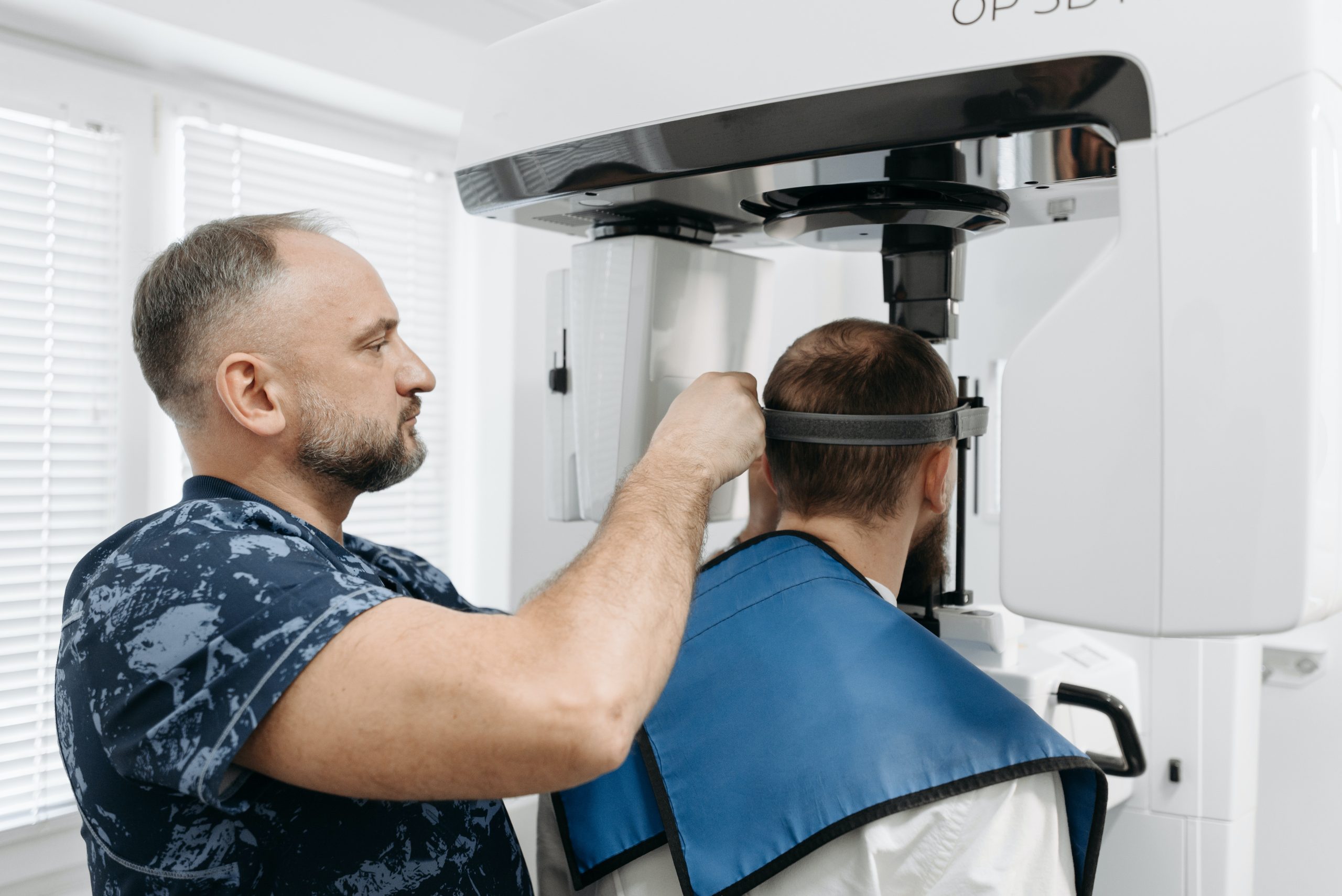Dental emergencies can happen when you least expect them, and knowing how to handle such situations can make all the difference. Whether it’s a sudden toothache or a cracked tooth, understanding the best steps to take can prevent further damage and relieve discomfort. In this comprehensive guide, we’ll walk you through some of the most common dental emergencies and provide tips on how to handle them safely.
Toothaches: What Causes the Pain?
Toothaches are among the most frequent dental emergencies people encounter. They can occur at any time and range from mild discomfort to severe pain. The causes of toothaches are varied—often stemming from cavities, an abscess, gum disease, or even a fractured tooth. In some cases, the pain might be due to food particles stuck between the teeth or inflammation.
If you’re experiencing a toothache, the first step is to gently rinse your mouth with warm water. Floss carefully to remove any food debris. If swelling is present, apply a cold compress to the outside of your cheek. Avoid placing aspirin or other painkillers directly on the gums as this can lead to tissue damage. Pain persisting more than a day or two necessitates a dental visit as soon as possible.
Chipped or Broken Teeth: Quick Fixes
A chipped or broken tooth can be alarming, but quick action may save your smile. When a tooth chips or breaks, rinse your mouth gently with warm water. If bleeding occurs, apply a piece of gauze to the area until it stops. To mitigate swelling and pain, use a cold compress against the outside of the cheek.
Attempt this at-home care carefully, and remember that it’s crucial to visit your dentist promptly. They can assess the situation and provide solutions such as fillings or crowns, which often utilize non-toxic dental materials. This approach not only restores functionality but also ensures biocompatibility with your body.
Knocked-Out Tooth: Acting Fast Matters
Having a tooth knocked out is quite distressing, but timely action can actually save the tooth. Should this occur, retrieve the tooth by the crown—not the root—to minimize damage. Rinse it gently with warm water if it’s dirty, but avoid scrubbing or removing any attached tissue.
If possible, try reinserting the tooth into its socket, ensuring it’s within alignment with your other teeth. If that isn’t possible, place the tooth in a container of milk or a tooth preservation solution. It’s vital to see a dentist within 30 minutes to maximize the chances of saving the tooth.
Lost Fillings or Crowns: Temporary Relief Measures
Fillings and crowns can occasionally come loose or fall out, often leading to discomfort. Losing a filling or a crown is not just inconvenient; it can also cause sensitivity and sharp pain to the affected area. Until you can reach a dentist, stick a piece of sugarless gum into the gap or use dental cement, which is available over-the-counter at most pharmacies.
You should avoid using the affected side of your mouth for chewing and speak to your dentist as soon as possible. They will determine whether the restoration needs replacement or if a new filling or crown is required.
Abscesses: Recognizing a Serious Condition
Dental abscesses are severe infections usually located at the root of a tooth or between the gum and a tooth. They’re often painful and might cause swelling, fever, or a bad taste in the mouth. An untreated abscess can lead to more significant health issues, requiring prompt dental attention.
Rinse your mouth with mild salt water several times daily as a stopgap measure. This can provide temporary pain relief and reduce the initial spread of infection. Accessing professional dental care, however, remains essential to properly resolve the issue and prevent complications.
Dealing with Dental Anxiety During Emergencies
Even in emergency situations, anxiety around the dentist is a common problem for many people. When faced with a dental emergency, stress can prevent individuals from seeking the care they need. Various techniques can help manage this anxiety, including deep breathing exercises, listening to music, or even discussing sedation options with the dentist ahead of time.
Working with a dentist who comprehends anxiety can significantly improve your emergency treatment experience. Frequent communication, understanding procedures, and addressing concerns transparently are essential to overcoming fear and ensuring proper dental care.
When to Seek Help: Urgency in Dental Emergencies
With varying types of dental emergencies, determining when to seek professional help is critical. If the issue involves severe pain, excessive bleeding, or swelling, it’s crucial to consult with a dental professional immediately. Situations such as knocked-out teeth, abscesses, and broken braces should also prompt urgent dental visits.
Equipping yourself with knowledge on how to handle emergencies can ease the stress associated with sudden dental issues, ensuring that you’re prepared no matter what. Quick, calm responses and understanding when to head to the dentist can make all the difference in preserving your oral health.
Remember that every dental situation is unique, and what works for one person might not be appropriate for another. Consult with your dental provider to learn tailored advice and strategies for managing emergencies specific to your dental needs. Taking proactive measures today can protect your smile tomorrow.


